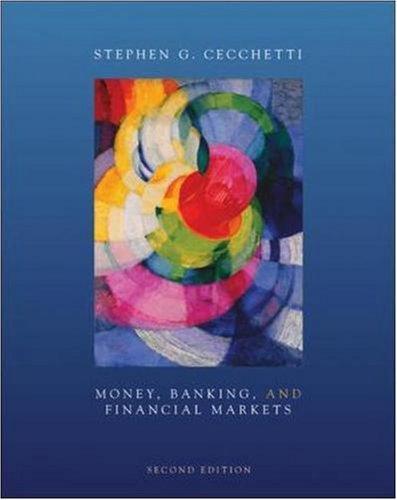Econ question. Show all steps please.

3) The total capital investment required for a 1 billion Ib/year Haber-Bosch ammonia plant in 2016 is estimated to be 250 million dollars, 200 million of which is depreciable. The price of ammonia in 2016 was around S0.25/lb. Assume the ammonia plant has a 15 year lifetime and will operate at full capacity for the entire lifetime. The operating costs of the plant are estimated to be 80 million/year Use a tax rate of 39%, a minimum ROI of 20%, and "straight line" depreciation at 10% to calculate the return on investment, payback period, venture profit, and annualized cost. Based on these simple metric, is this a good investment (yes or no) a. b. On average, crops require about 50 lb ammonia per acre per year, and a typical farm size is 500 acres Many farms are in very remote locations where transportation costs significantly increase the price of ammonia. Assume you live in a remote city with 100 farms and are considering building a plant to supply these farmers directly. What price would you need to charge for ammonia in order to have an ROI comparable to the 1 billion lb/year plant? Assume an "economy of scale" exponent of 0.6, and that operating costs scale linearly c. Assume you develop a new technology that drastically reduces capital investment needed for small- scale ammonia production. You estimate that the method will reduce operating costs by 50%, and that you can build a plant to supply the 100 local farms with a total capital investment of 1.5 million. What will the ROI be if you sell the ammonia from this process at the market price? d. If you scale this new technology up and create a 1 billion lb/year plant what price can you sell the ammonia for if you want the ROI to remain the same as the original 1 billion Ib/year plant (e.g. ROI from part (a))? Assume that the new technology does not scale as well and has an "economy of scale" exponent of 0.8, but that operating costs still scale linearly. 3) The total capital investment required for a 1 billion Ib/year Haber-Bosch ammonia plant in 2016 is estimated to be 250 million dollars, 200 million of which is depreciable. The price of ammonia in 2016 was around S0.25/lb. Assume the ammonia plant has a 15 year lifetime and will operate at full capacity for the entire lifetime. The operating costs of the plant are estimated to be 80 million/year Use a tax rate of 39%, a minimum ROI of 20%, and "straight line" depreciation at 10% to calculate the return on investment, payback period, venture profit, and annualized cost. Based on these simple metric, is this a good investment (yes or no) a. b. On average, crops require about 50 lb ammonia per acre per year, and a typical farm size is 500 acres Many farms are in very remote locations where transportation costs significantly increase the price of ammonia. Assume you live in a remote city with 100 farms and are considering building a plant to supply these farmers directly. What price would you need to charge for ammonia in order to have an ROI comparable to the 1 billion lb/year plant? Assume an "economy of scale" exponent of 0.6, and that operating costs scale linearly c. Assume you develop a new technology that drastically reduces capital investment needed for small- scale ammonia production. You estimate that the method will reduce operating costs by 50%, and that you can build a plant to supply the 100 local farms with a total capital investment of 1.5 million. What will the ROI be if you sell the ammonia from this process at the market price? d. If you scale this new technology up and create a 1 billion lb/year plant what price can you sell the ammonia for if you want the ROI to remain the same as the original 1 billion Ib/year plant (e.g. ROI from part (a))? Assume that the new technology does not scale as well and has an "economy of scale" exponent of 0.8, but that operating costs still scale linearly







